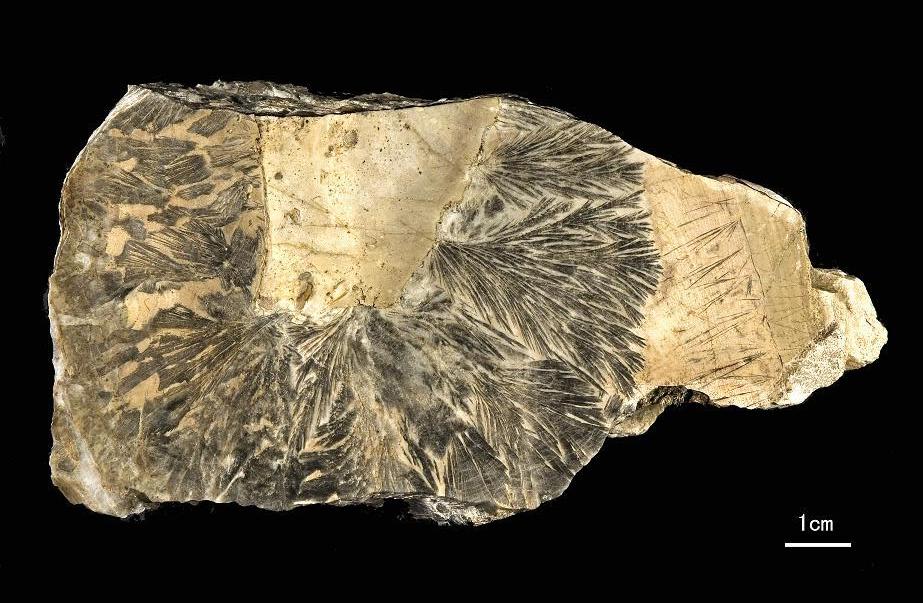
Global glacial events occurring in Neoproterozoic has been one of the focuses of attention in international geoscience. Geoscientists’ opinions on why the glacial event is ended vary a lot. Among them, there are two representative ones: Snowball Earth hypothesis and methane seeps hypothesis. The oxygen isotope in barite depositing of cap dolomite above the Nantuo tillite in South China reveals that: anomalous 17O reaches the maximum since the 750Ma, which means the content of the carbon dioxide in atmosphere presenced a peak when the ice age ended. This is the most direct evidence supporting the “snowball earth” hypothesis (Bao et al., 2008).
Recently, based on sedimentology, sedimentary petrology and micro-area carbon isotope analyses of more than ten cap dolomite profiles in South China, professor Zhou Chuanming from Nanjing Institute of Geology and Palaeontology, Chinese Academy of Sciences(CAS) and other professors introduced a new model for the relationship among all geologic events during the formation of cap dolomite: (1) When the global ice age ends, due to rapid infusion of glacial melt water, the sea level rises dramatically. During this process, the cap dolomite deposit. (2) As a result of rapid deglaciation, continental crust and continental shelf rebound. In case of a regression in which isostatic rebound outpaces eustatic rise, karstic dissolution of dolostone beds will result. (3) Cap dolomite and the deposits are flooded during the subsequent large-scale transgression. First, dolomite and barite deposit on the walls of cavities and erosional surface, followed by siliceous sediment, and later calcite (with extremely negative carbon isotope anomalies). Cap dolomite in West Africa and northwestern Canada goes through similar precipitation processes in the same era. The new model of cap dolomite formation further supports “snowball earth” hypothesis and also suggests that methane seepages occur after the formation of cap dolomite. Thus, methane seepage is very probably not the cause of termination of global ice age. This finding is published in the latest issue of Geology.
Related information of this paper: Zhou Chuanming, Bao Huiming, Peng Yongbo, Yuan Xunlai, 2010, Timing the deposition of 17O-depleted barite at the aftermath of Nantuo glacial meltdown in South China. Geology, 38: 903-906
